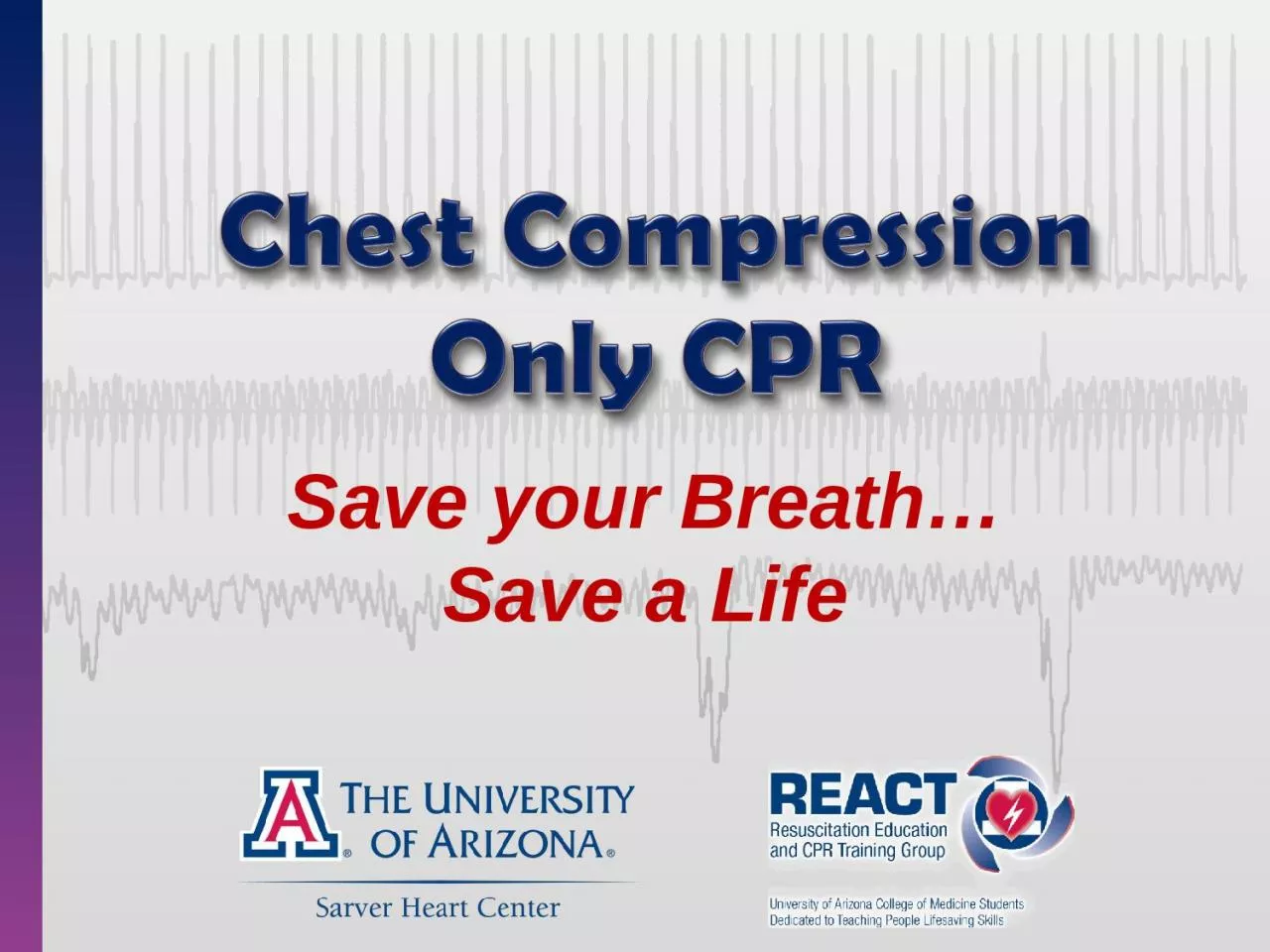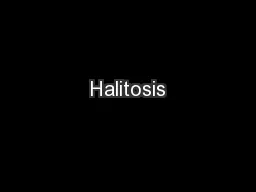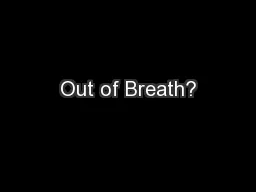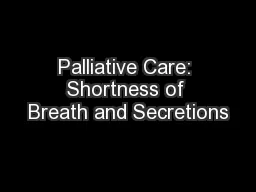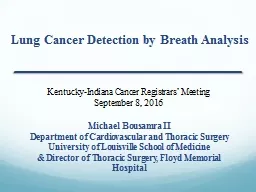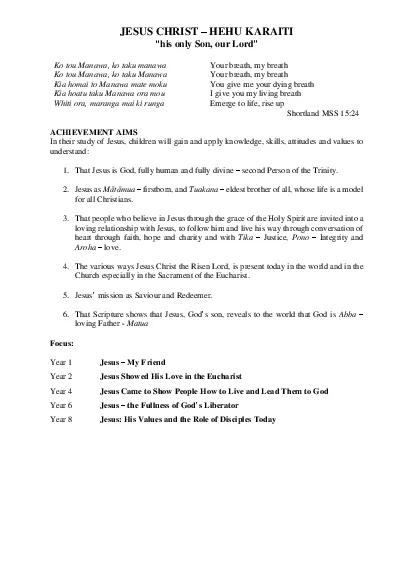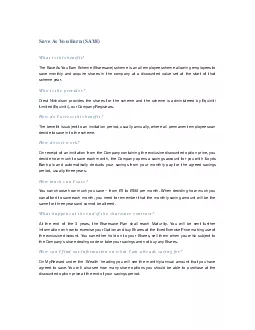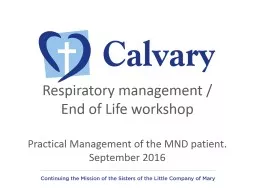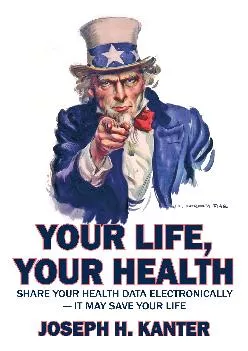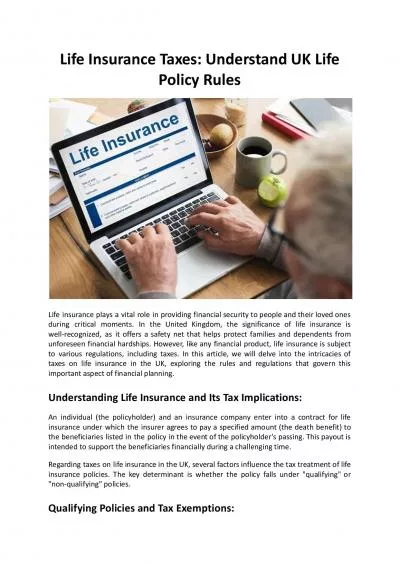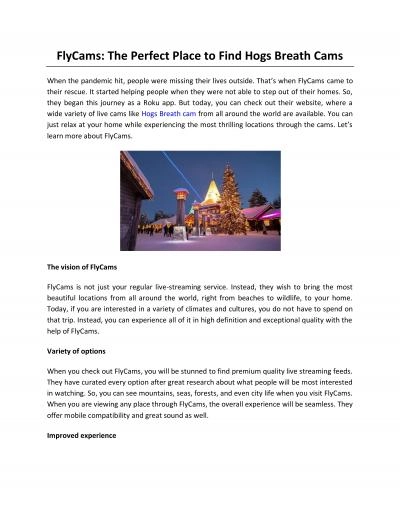PPT-Save your Breath… Save a Life
Author : GirlNextDoor | Published Date : 2022-07-28
Sudden Cardiac Arrest Any Age Anybody Chris Miller at age 15 Erika Yee a band mate who learned compressiononly CPR in Girl Scout Camp saves his life Russell Vossbrink
Presentation Embed Code
Download Presentation
Download Presentation The PPT/PDF document "Save your Breath… Save a Life" is the property of its rightful owner. Permission is granted to download and print the materials on this website for personal, non-commercial use only, and to display it on your personal computer provided you do not modify the materials and that you retain all copyright notices contained in the materials. By downloading content from our website, you accept the terms of this agreement.
Save your Breath… Save a Life: Transcript
Download Rules Of Document
"Save your Breath… Save a Life"The content belongs to its owner. You may download and print it for personal use, without modification, and keep all copyright notices. By downloading, you agree to these terms.
Related Documents

